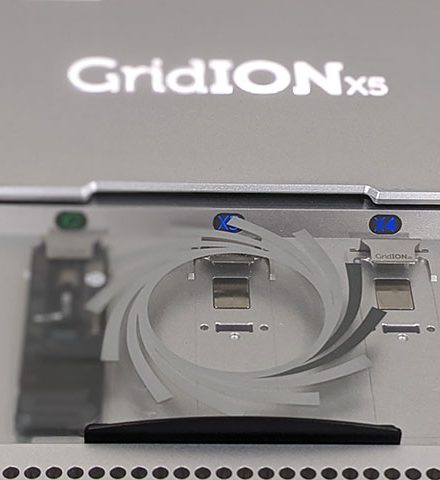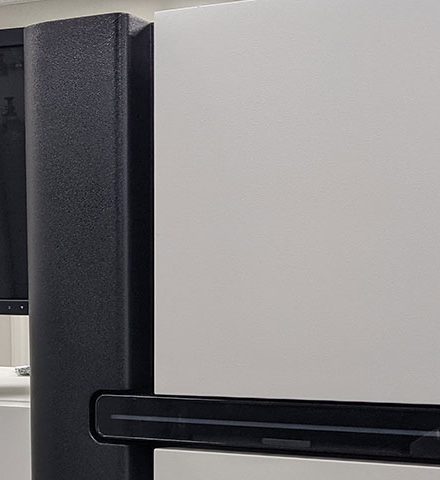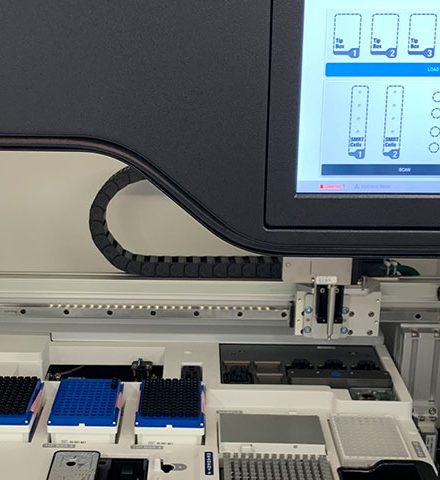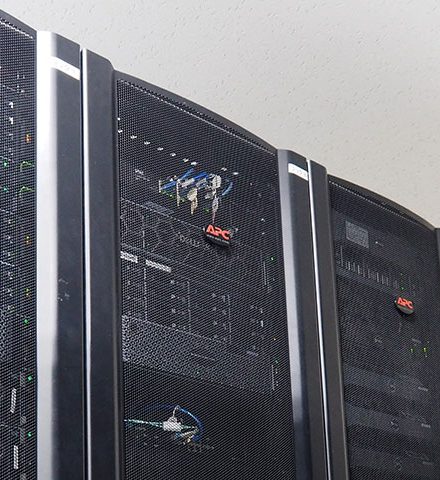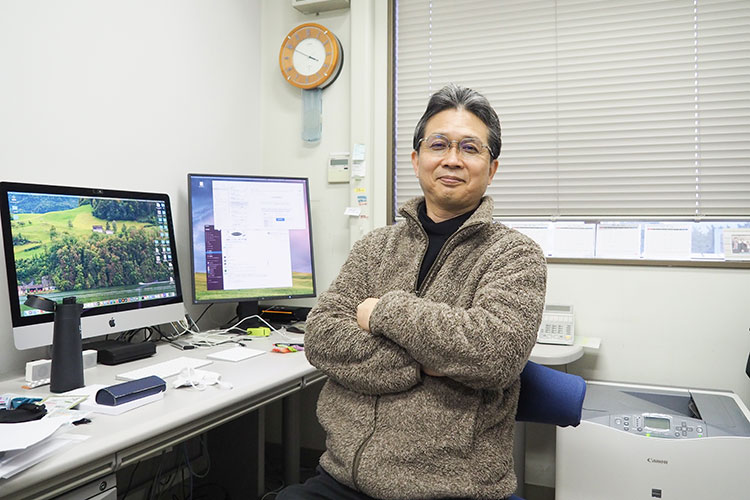MESSAGE
ご挨拶
ご挨拶
Message
Welcome to the website of the Department of Genetics, Yokohama City University Graduate School of Medicine. Our Department of Genetics was established on October 1, 2003. Since then, we have focused on advanced human genome analysis and the elucidation of the causes of hereditary diseases, and have developed various technologies and applied them to the search for the causes of unidentified diseases, achieving many world-leading results. In the early 2000s, we were conducting research using positional cloning, which is a very time-consuming method, to identify the cause of rare diseases by analyzing the genomic structural abnormalities associated with chromosomal abnormalities. At that time, it was an idyllic time when the cause of one disease was revealed every two to three years in my laboratory. Later, microarrays that comprehensively analyze the entire genome were introduced, and exploratory methods began to be used to search for potential structural abnormalities in the genome and to search for the cause of diseases in genes related to the structurally abnormal regions. With the advent of next-generation sequencing technology, it has become possible to comprehensively decipher all genes and the entire genome, and to comprehensively search for causative gene variants based on differences from the reference sequences. Next-generation sequencing technology is capable of calculating a large number of short sequences of about 100-200 bp, mapping them to reference sequences, and identifying pathogenic variants based on differences with the reference sequences. With this technology, the cause of the disease has been identified in about 1/3 of the previously unexplained cases, which was a great breakthrough in itself. On the other hand, the remaining two-thirds of cases have remained unexplained. In recent years, a new type of long read next-generation sequencer has been developed that can read a single DNA molecule longer than 10 kb, which is different from the conventional type that only produces short sequences. This new technology enables us to analyze complex regions that were difficult to analyze with the short-read type. Currently, our laboratory is working on the elucidation of genetic diseases using this long read next-generation sequencer. Why don’t you join us in our efforts to solve unexplained diseases?

